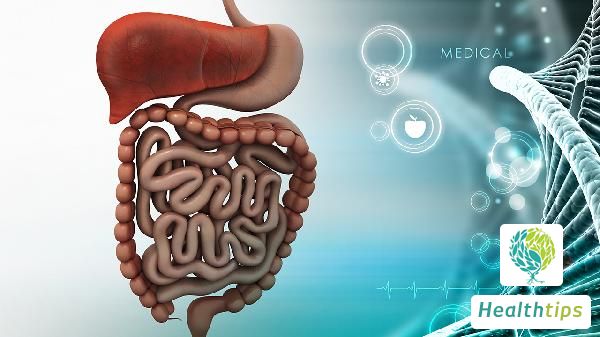"What are the three external pathogenic factors that combine to cause rheumatism?"
According to traditional Chinese medicine (TCM) theory, rheumatic diseases belong to the category of "Bi Syndrome," arising from the intermingling of three pathogenic factors: wind, cold, and dampness. Patients with rheumatic diseases experience obstruction of qi and blood flow, as well as blockage of tendons and vessels. Treatment focuses on dispelling wind, eliminating dampness, and strengthening the body's vital energy.

Rheumatic Diseases Overview
Rheumatic diseases primarily affect connective tissues such as joints, bones, muscles, and blood vessels. The main clinical manifestations include redness, swelling, heat, pain, and dysfunction in multiple joints throughout the body, often accompanied by dysfunction of multiple organs. The pathogenesis of rheumatic diseases is believed to be associated with immune abnormalities, as well as environmental, genetic, and viral infection factors. Treatment primarily involves anti-inflammatory, analgesic, and anti-rheumatic therapies.
TCM Approach to Rheumatic Diseases
TCM has garnered increasing attention for its theories and treatments of rheumatic diseases. The adoption of integrated traditional Chinese and Western medicine approaches has yielded better therapeutic outcomes. Currently, Chinese patent medicines like Tripterygium Wilfordii Multiglycosides Tablets, Total Glucosides of Paeony Capsules, acupuncture, bee venom therapy, among others, are widely used in clinical practice with noteworthy efficacy.



















